
Has there ever been a time when we have been more grateful for our gardens’ wildlife? It’s been one of the silver linings of lockdown, up there with Joe Wicks and ‘Milk and More’ home deliveries (that would be Wines Direct for Caroline). So let’s say thank you to all our birds, animals and insects by providing a little more of what they like.
Here are our tips on some simple things you can do to make your garden that little bit wilder. You’ll probably get some fluffy new ‘bee-friendly’ cosmos from Elaine and instructions on how to make a pine marten box from Caroline so I think I’d better start off with some sound ecological science to get you off on the right foot.
1. Choose a multifunctional tree. Let’s think of your garden as an ecosystem and work down through the layers, starting with the canopy. Songbirds in particular love a tree to perch on to regale us with that beautiful dawn chorus that has lifted our spirits, and if your tree has the bonus of flowers in the spring and fruit in the autumn followed by leaves that will drop off and make lovely compost, then bingo, you have provided several ecosystem services in one go. You couldn’t go far wrong with a crab apple or a rowan, both of which would fit nicely into an average sized garden.
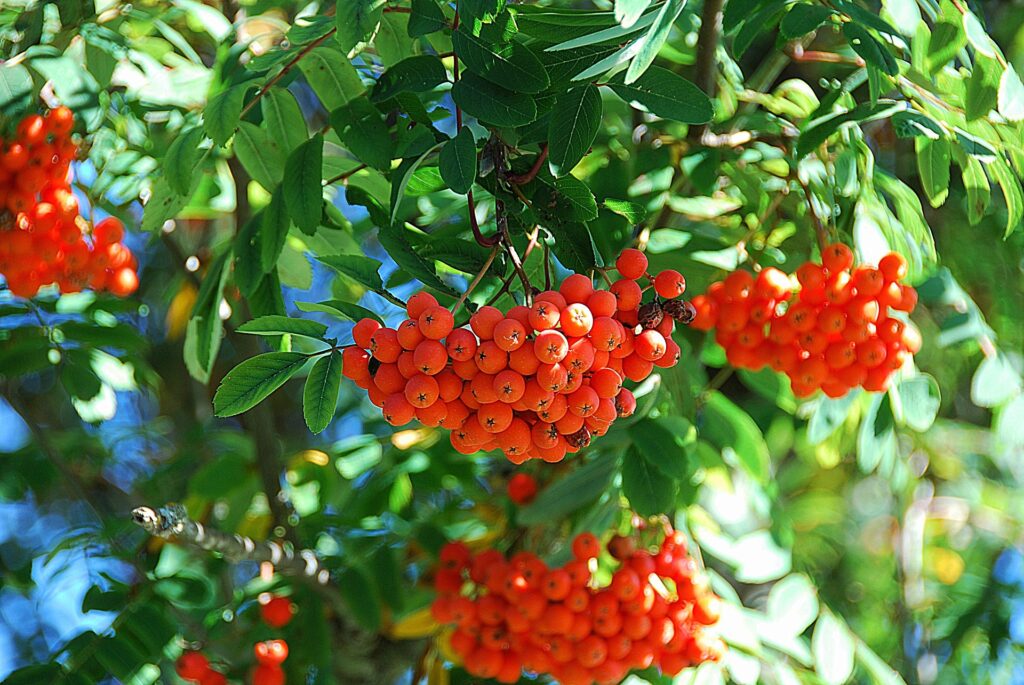
2. Go for proven pollinator plants. Moving down a layer you need to take the right advice on plants for pollinators. As usual I like to follow the science so was delighted to find bee guru and author of ‘The Garden Jungle’, Professor Dave Goulson, has provided a list based on experiential evidence from his own garden, and given each one a star rating. (Links to the book and plant list at the end).
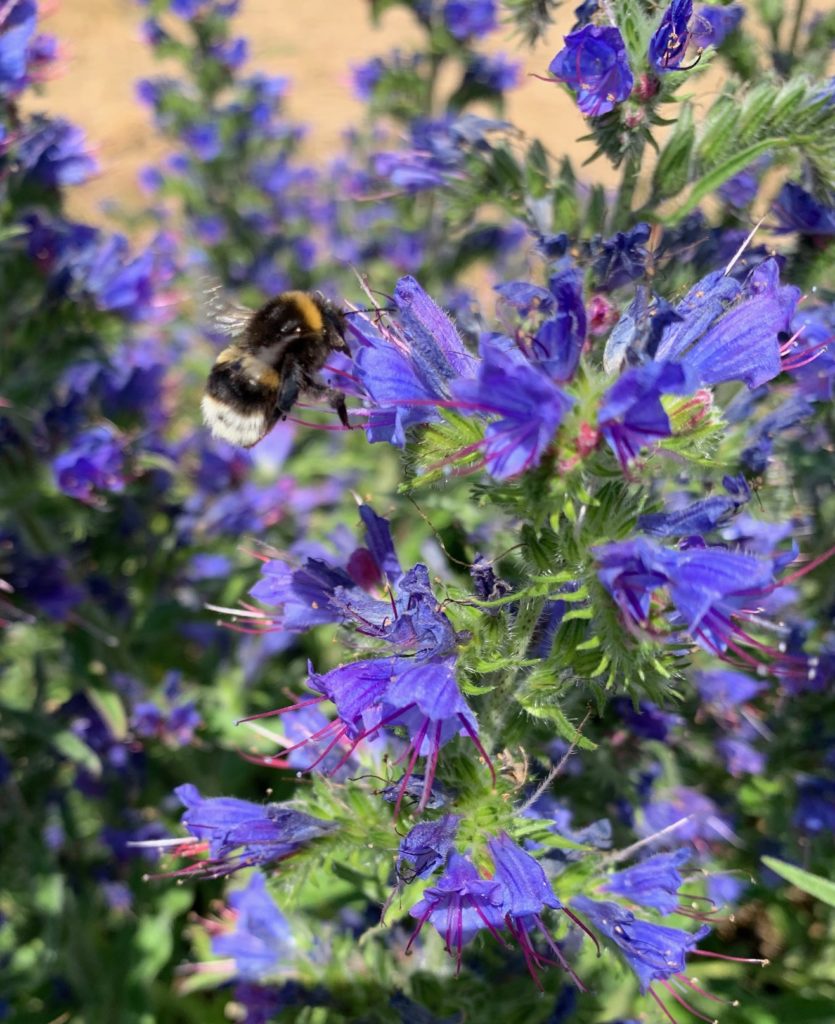
But I am also conducting my own garden experiment by trialling chicory, Cichorium intybus, as a pollinator plant, based on its use in countryside stewardship field margins on farms (I may well pass on my findings to Professor Goulson…). It’s a biennial like foxgloves, and has, this summer, thrown up an impressive yet delicate six foot inflorescence, dotted all over with sky blue flowers. I think it’s going to be the next big thing in pollinators for the garden, knocking Verbena bonariensis off its pedestal as the go-to pollinator plant for late summer. Do get some seed and start some off now ready for next summer.
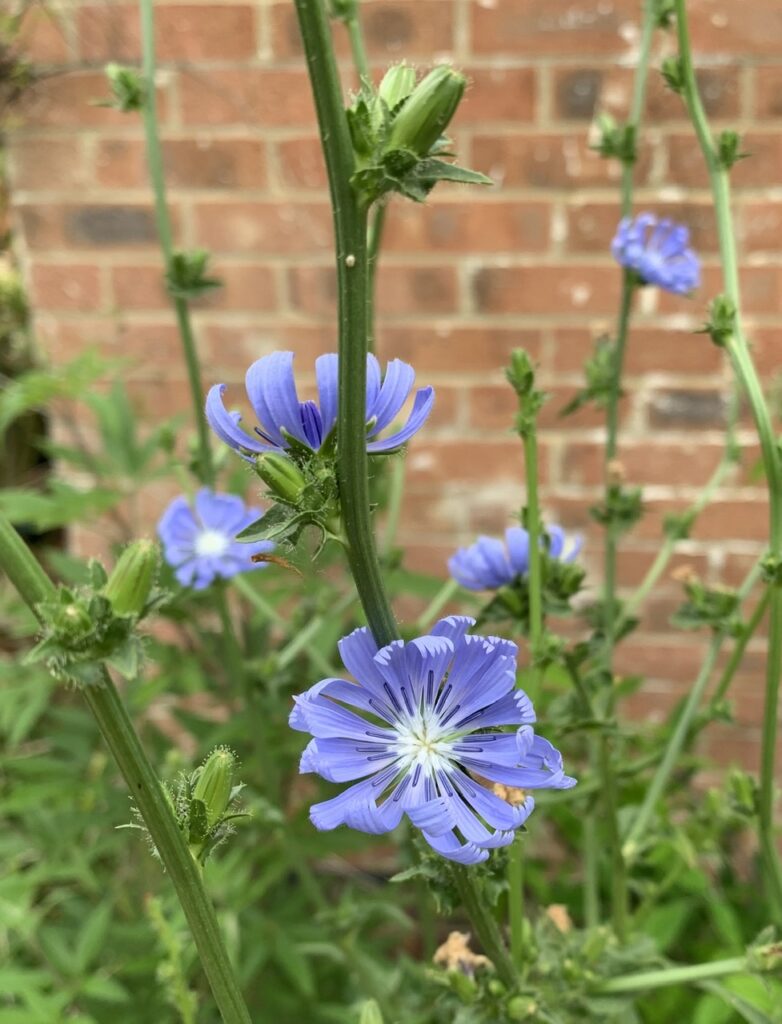
3.Recycle your leaves. Let’s finally examine the soil layer. No one rakes up the leaves in woods and their natural decay over centuries produces that lovely friable ‘brown earth’ loam that all gardeners aspire to and mini beasts love to live in. So rake up your leaves by all means, but store them in a pile in a corner somewhere and then dig them back into flower beds in a year or two, to give those earthworms something to nosh on.
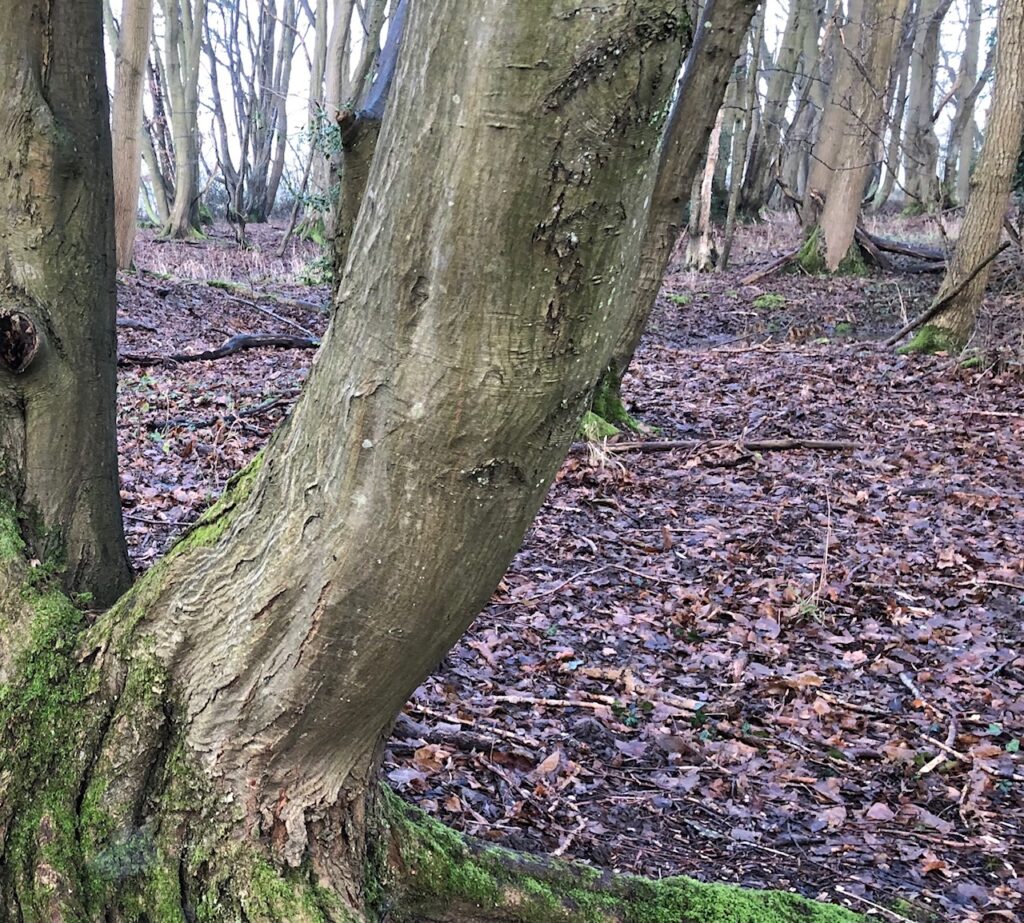
So there we are, three simple resolutions you could make to create a better garden ecosystem for wildlife.

Well, admittedly Laura has come up with a couple of useful suggestions but for all her lofty ecological theories how has she managed to omit absolutely the best thing you can put in your garden if you care about wildlife?
4. Water. Literally any kind of water, from a margarine tub as a birdbath on your windowsill to a 7-acre lake. When we moved to our present garden 27 years ago, there was an ancient pre-formed plastic ‘baby-bath’ garden pool in one corner, full of mud and gunk. We wanted to dig a new and larger pond in the same place, so we moved all the contents of the baby-bath to a wheelbarrow for temporary safekeeping. And it included 37 frogs – 37!
As is often the case, the tattier the pond, the more life it will support. Dragonfly larvae, newts, water-boatmen etc. etc. all prefer reedy, messy margins and masses of weed to reproduce happily, and the more of the little water critters you have, the more your water feature will attract the big ones – birds, grass snakes, mammals ………
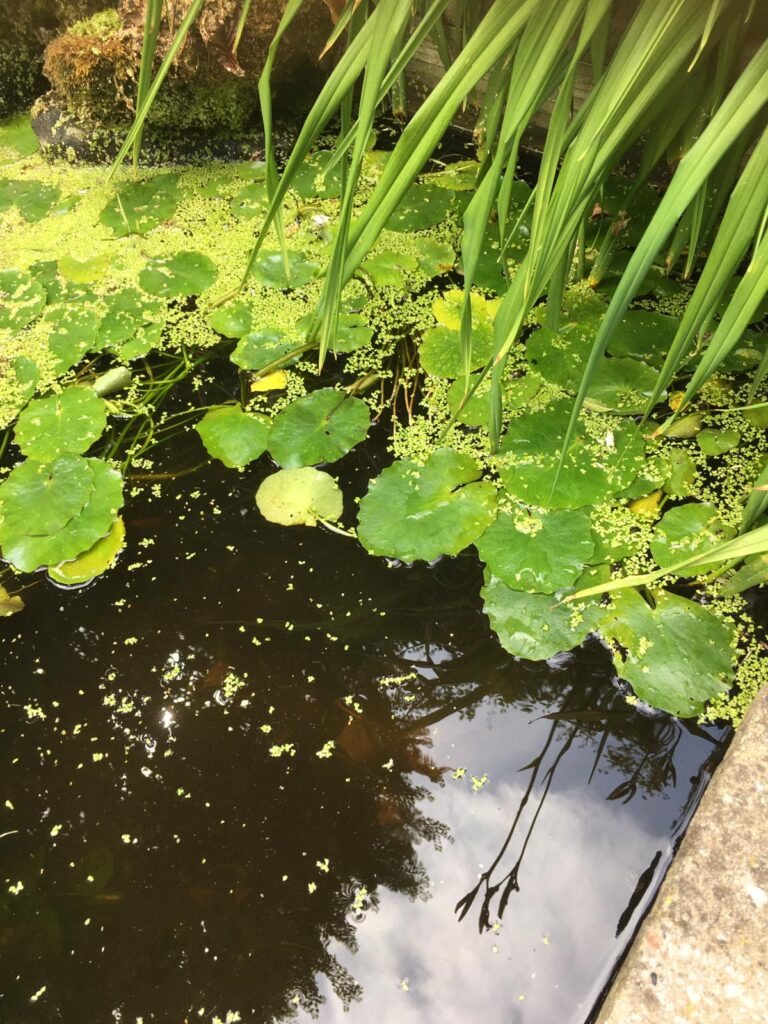
5. Long Grass. Now, come on, do you HAVE to have that perfect British lawn treated to within an inch of its life with lawn-feeds, weedkillers, land-drains, aeration, scarification, ambition, distraction, uglification and derision (as the Mock Turtle would say…….)? Or, if you are screaming YES at me, could you bear to leave just a small area unmowed for the summer?
I’m not talking full-on ‘chocolate-box’ wildflower meadows here – unless you are up for endless tinkering and angst. No. Just try leaving a grass patch or two to grow long and cut it down in August. And if some dandelions and oxeye daisies take advantage – lovely! Grasshoppers, beetles, hoverflies, etc. will be waving their tiny legs in thanks. And your children can tick a few more boxes in their minibeast project.
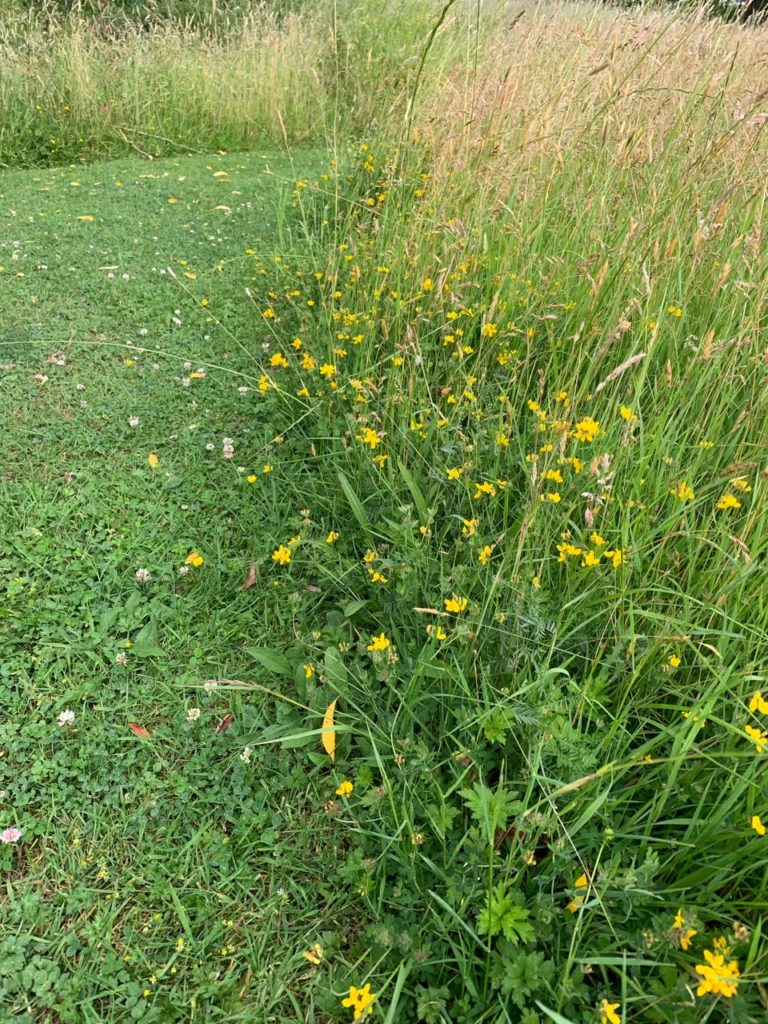
6 Wellbeing. There has been an inordinate amount written recently about the healing effects of gardening and Nature during this frightening pandemical time. And rightly so. (Though I suspect I am already speaking to the converted here), being outside and having the time to look, really LOOK (and listen), has been a deeply important part for many of us coming to terms with what’s happened in the human world this year.
Ultimately, you should garden for yourself, not for anyone else. But even if you don’t/can’t implement any of these 3Growbags thoughts about gardening for wildlife, how about every one of us making one teeny promise to ourselves to appreciate the natural world a little more long after Covid-19 is beaten, and give a touch more support to those trying to preserve it?

Stick to the task Elaine, don’t go all Jane Austen on us. Here in the North we like practical solutions such as:
7. Gardening without chemicals. Now this is no small feat in Scotland. Your average Celtic slug is built like a brick sh*t-house. They laugh in the face of eggshells or wool pellets and don’t get me started on copper rings – do they even work? Let’s be honest, the toxic blue slug pellets and the ‘cheap as chips’ chemical aphid scooters were far more effective. However year on year without doubt the number of bees, butterflies and thrushes were dwindling in our garden (probably other things as well but I’m no zoologist) and L was threatening to report me to Professor Goulson.
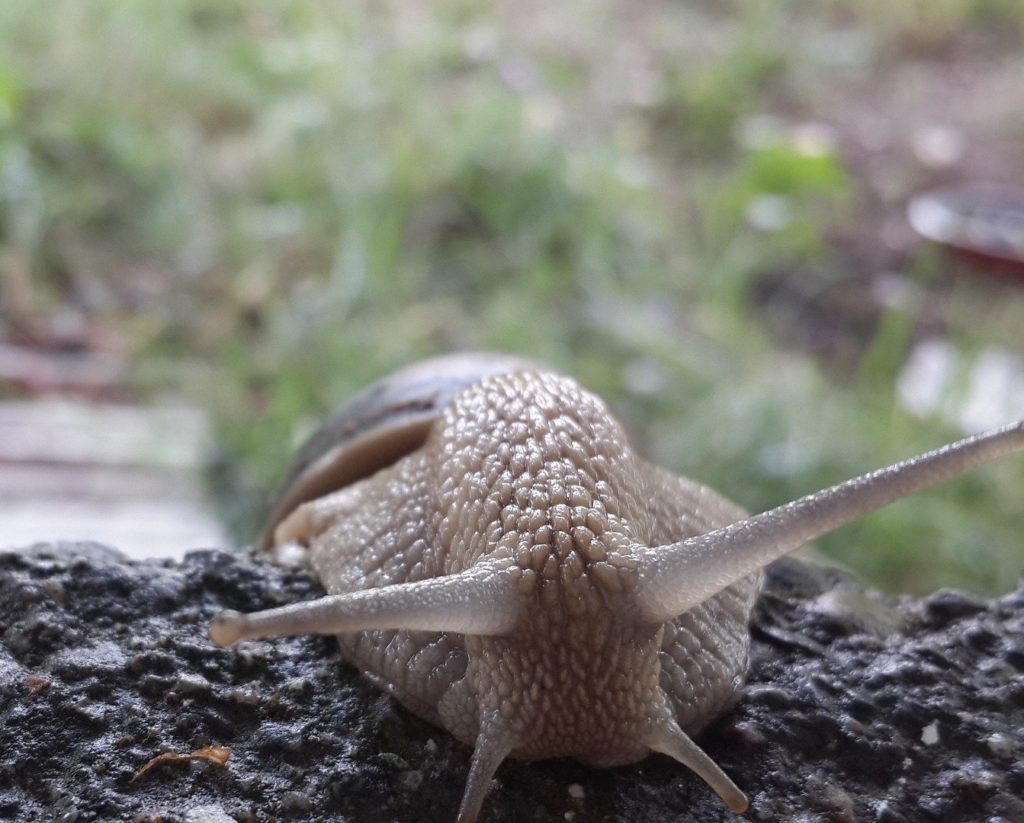
So my response, and maybe yours too, has been three-fold. I don’t grow hostas or other slug delicacies in my beds any more, only in pots that I can control better; I put up with a bit of caterpillar damage and feel quite good about it instead of furious, and I spray the aphids off my roses with soapy water instead of a chemical spray – seems just as effective.
And during lockdown, picking slugs off my beans after dark is passing for a ‘big night out’. Fitted out with headtorch and Marigolds (can’t actually touch a slug), I am 100% safe from attackers according to my husband.
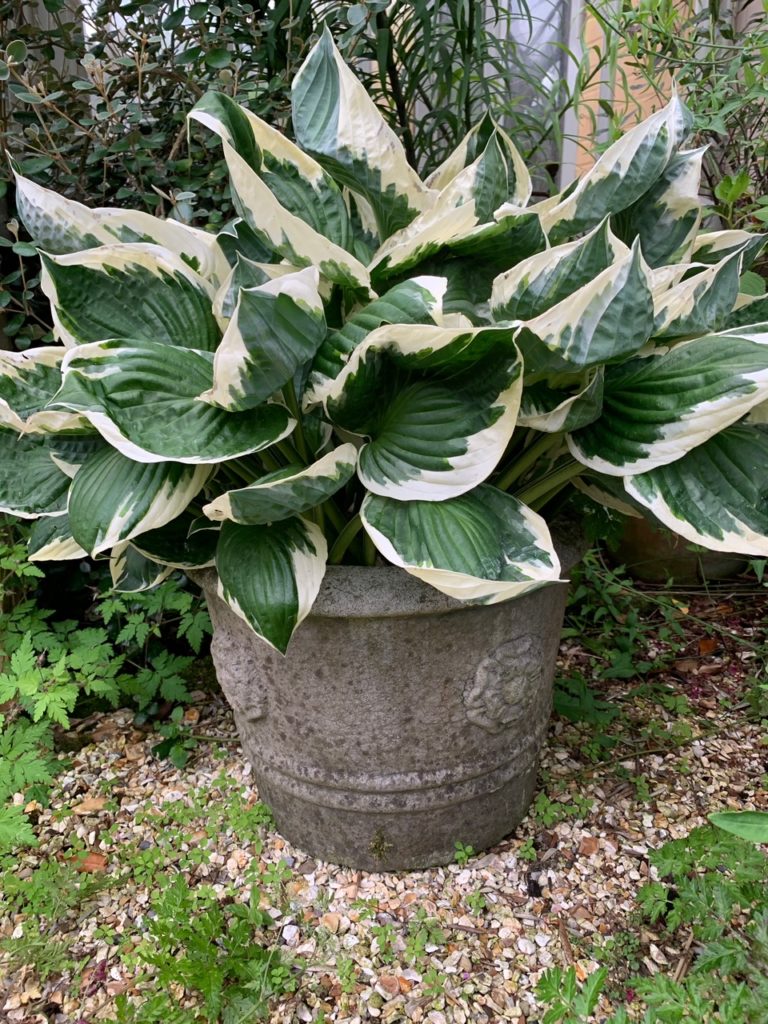
8. Shelter: No you won’t get me making a box for pine martens Laura. I still bear a grudge since the disappearance of Clucky, my chicken, over two decades ago but luckily there’s nothing our wildlife loves more than a bit of tumble-down something to rest and shelter in.
Good news for me as neglected piles of leaves or general garden detritus can be legitimately re-branded as ‘habitat’. Decaying timber is brilliant for bees (if it’s too rustic for you, what about a bee hotel? – they’re doing more business than the Premier Inn right now). Birds’ nests in your garage are unpopular because of the mess created below, but our dad used to wedge a sheet of hardboard under them to keep the cars and mower guano-free. Could you do the same?
Final point, hedges are much better for wildlife than wooden fences or walls. Hedgehogs etc can travel along them safely and move in between gardens. They say ‘a hedge between, keeps friendships green’ which leads me onto:
9. Neighbours: Just a word of warning here. While you may decide to ‘rewild’ your garden and allow thistles, dandelions and ground elder to roam free, your neighbours may be less enthusiastic. They’ll be faced with clouds of thistledown drifting over and weeds travelling underground into their borders.
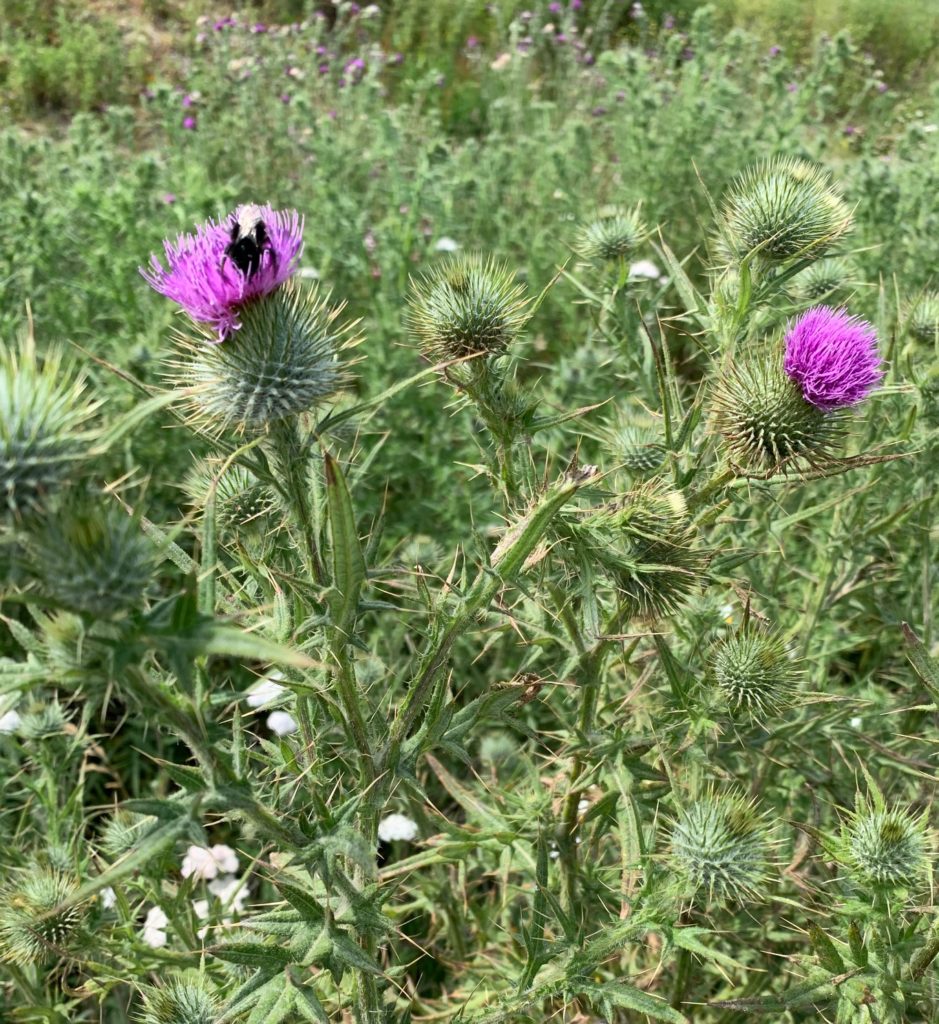
Perhaps we could start off small and just have contained areas of wildness in our gardens away from the boundaries. Why not take a bottle round and share your objectives with your neighbours. Hopefully by the time the second one gets opened they’ll be on board and wanting to follow your lead.
10. Plant Louise’s Great Plant this Month (click on her box below)- a great choice for any wildlife garden.
The Goulson Lab – Best garden flowers for bees
Recently out in paperback – The Garden Jungle or Gardening to Save the Planet
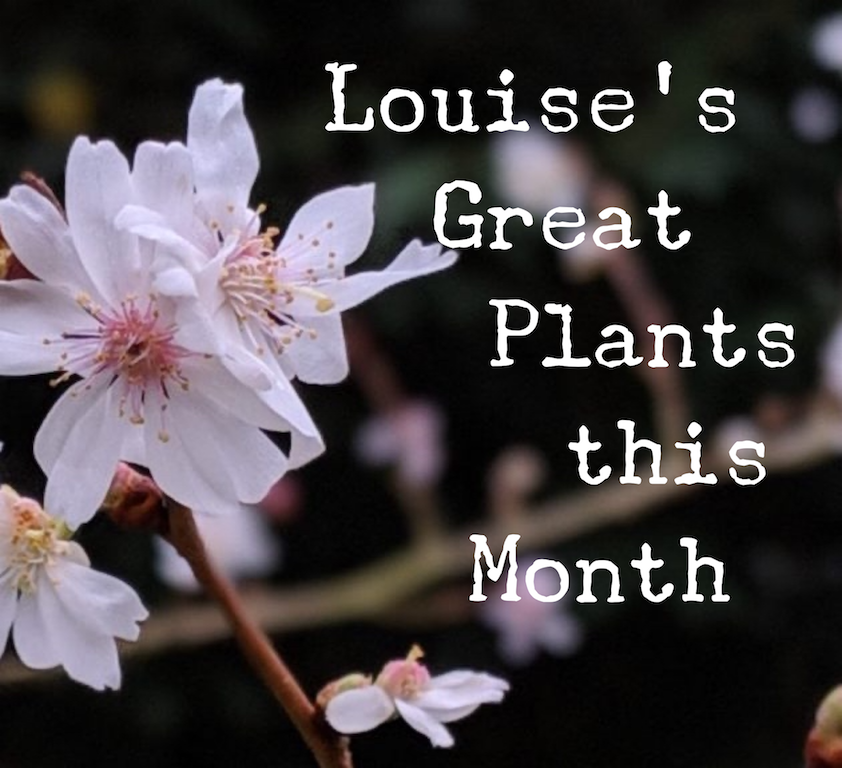
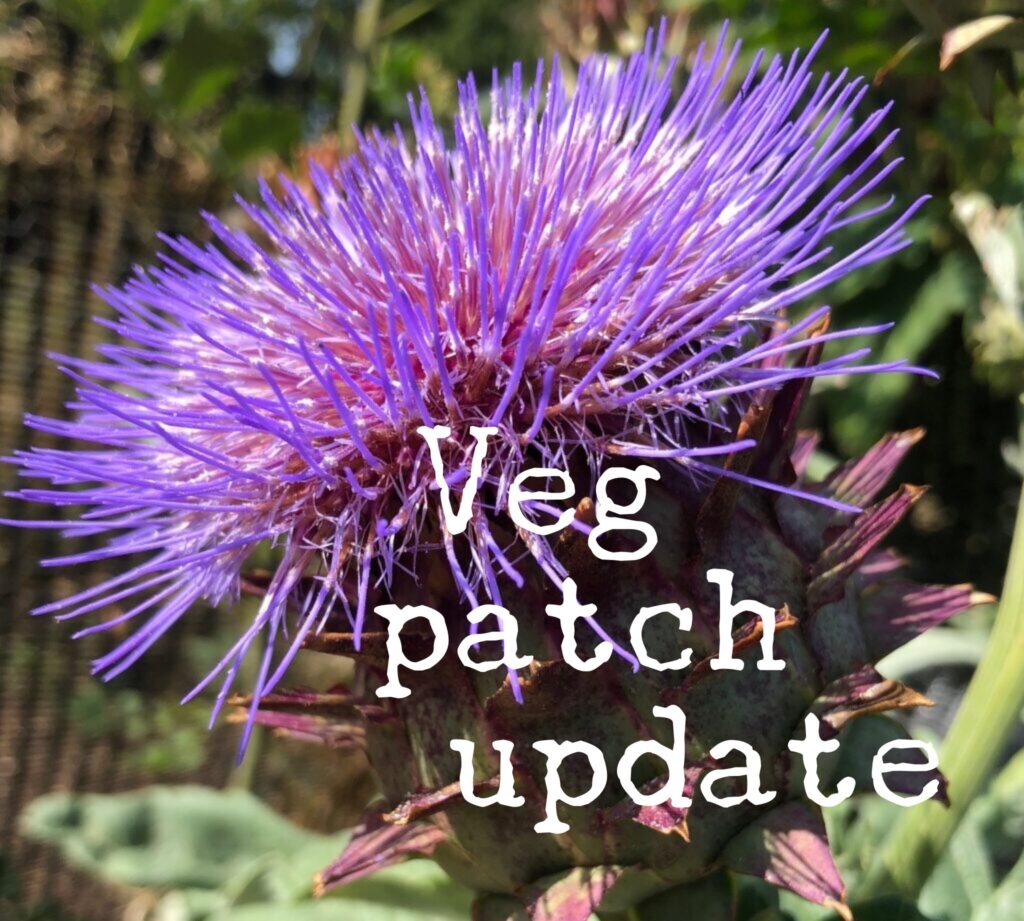
NB: If you’d like to get a bit more gardening chit-chat, please do enter your email address here and we’ll send you a new post every Saturday morning.
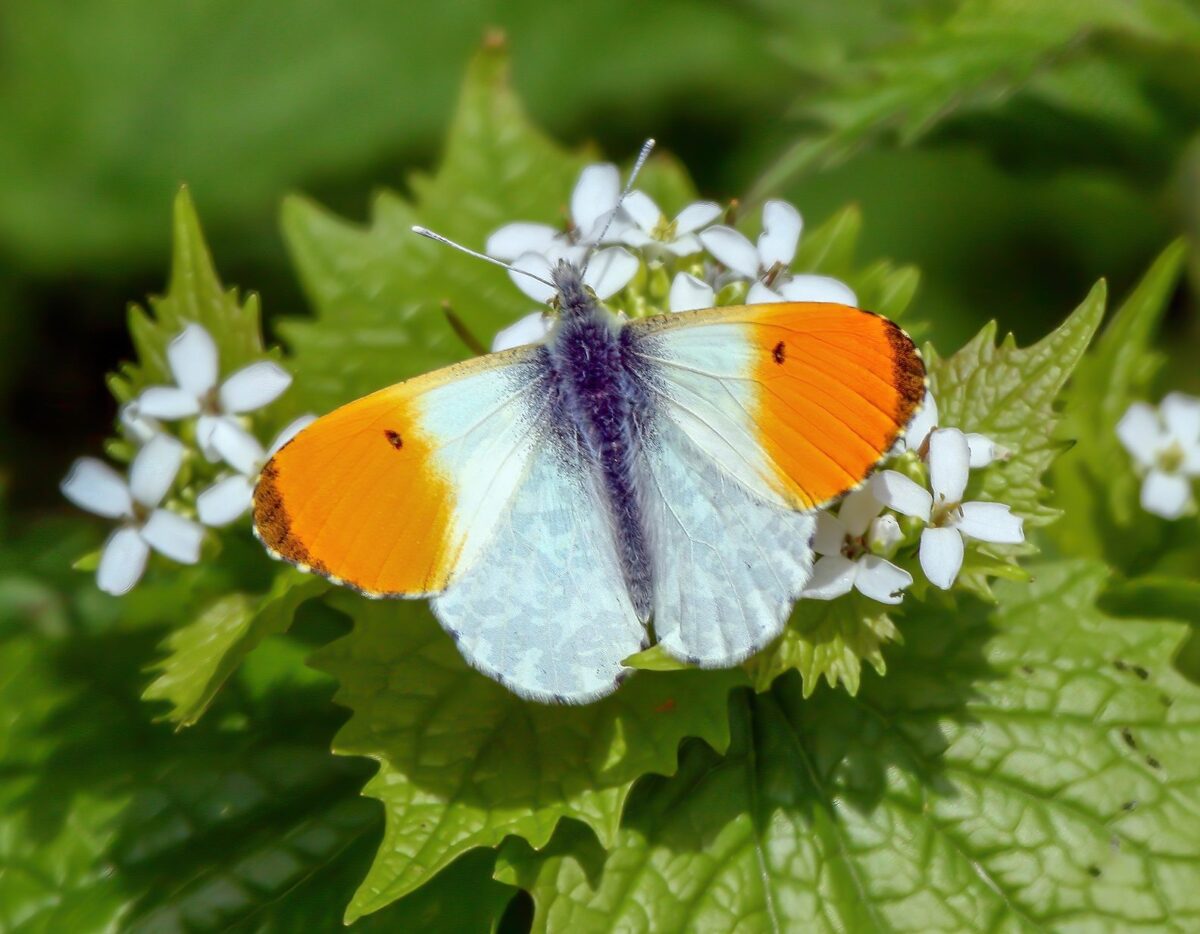
2 replies on “10 different ways to thank our garden wildlife”
Great post, it’s wonderful to encourage wildlife into the garden. We installed a water feature during the coronavirus lockdown using this guide https://www.welshslatewaterfeatures.co.uk/how-to-install-a-water-feature/
Wow that’s quite a water feature they have there!